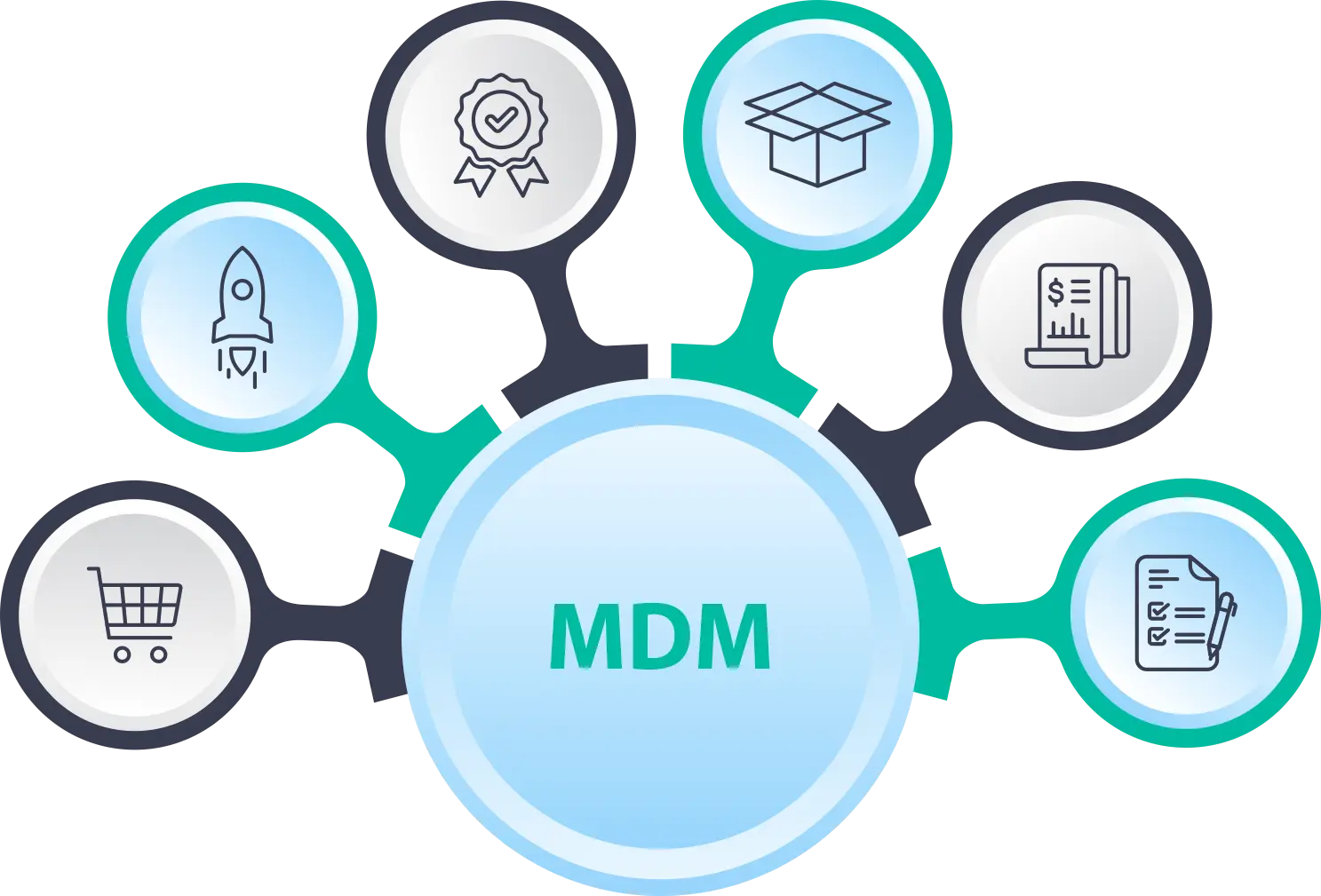
In today's digital age, businesses are inundated with vast amounts of data. This data comes from various sources and is often in different formats, making it challenging to analyze and derive meaningful insights. Data standardization techniques play a crucial role in organizing, cleaning, and harmonizing data to ensure consistency and accuracy. By applying these techniques, businesses can transform chaotic data into clear, reliable information that drives informed decision-making. In this article, we will explore the importance of data standardization and highlight some key techniques to help you streamline your data processes. To find the best data enrichment services, you can also visit Acme Data.
The Importance of Data Standardization
Data standardization is the process of transforming data into a common format to facilitate easy comparison and analysis. It involves establishing consistent naming conventions, data formats, and structures across all datasets. Here are some key reasons why data standardization is essential for businesses:
Ensures Accuracy and Consistency
- Standardizing data eliminates errors and inconsistencies that may arise from using multiple formats or sources.
- It ensures that data is reliable and can be easily integrated and analyzed.
Facilitates Data Integration
- Standardized data is easier to integrate across different systems and platforms.
- It allows for seamless data exchange and sharing within an organization.
Enhances Decision-Making
- Standardized data provides a single source of truth for decision-makers.
- It enables accurate and timely analysis, leading to better strategic decisions.
Key Data Standardization Techniques
There are several techniques that businesses can employ to standardize their data effectively. Here are some key methods to transform your chaotic data into clear, structured information:
Data Cleansing
- Data cleansing involves detecting and correcting errors and inconsistencies in data.
- Common data cleansing tasks include removing duplicate entries, correcting spelling mistakes, and filling in missing values.
- By cleaning up data, businesses can ensure data quality and accuracy.
Normalization
- Normalization is the process of organizing data into a common structure, typically by removing redundant data and grouping related information together.
- It helps reduce data redundancy and improve database efficiency.
- Normalization also ensures that data is stored logically and consistently.
Standardizing Data Formats
- Standardizing data formats involves converting data into a consistent format, such as date formatting or currency symbols.
- It ensures that all data elements adhere to the same standards, making it easier to compare and analyze.
- Standardizing data formats also improves data accuracy and reduces the risk of errors during analysis.
Establishing Data Governance Policies
- Data governance policies define how data should be managed, stored, and used within an organization.
- By establishing clear data governance policies, businesses can ensure data quality, security, and compliance.
- Data governance helps maintain consistency and integrity across all data assets.
Best Practices for Data Standardization
While implementing data standardization techniques, it's essential to follow best practices to maximize the effectiveness of your efforts. Here are some best practices to consider:
Define Clear Data Standards
- Establish clear data standards and guidelines for data entry, storage, and usage.
- Document these standards to ensure consistency and compliance across the organization.
Automate Data Standardization Processes
- Utilize automation tools to streamline data standardization processes and reduce manual errors.
- Automated data cleansing and normalization can save time and improve efficiency.
Regularly Monitor and Update Data
- Monitor data quality regularly to identify and address issues proactively.
- Update data standards and procedures as needed to adapt to changing business requirements.
Train Employees on Data Standardization
- Provide training to employees on data standardization techniques and best practices.
- Empower employees to adhere to data standards and contribute to data quality improvement efforts.
Conclusion
Data standardization is a critical process that can help businesses transform their data from chaos to clarity. By implementing data standardization techniques and following best practices, organizations can ensure data accuracy, consistency, and reliability. Standardized data not only enhances decision-making but also facilitates data integration and analysis across different systems. By embracing data standardization as a core component of their data strategy, businesses can unlock the full potential of their data assets and drive business success.